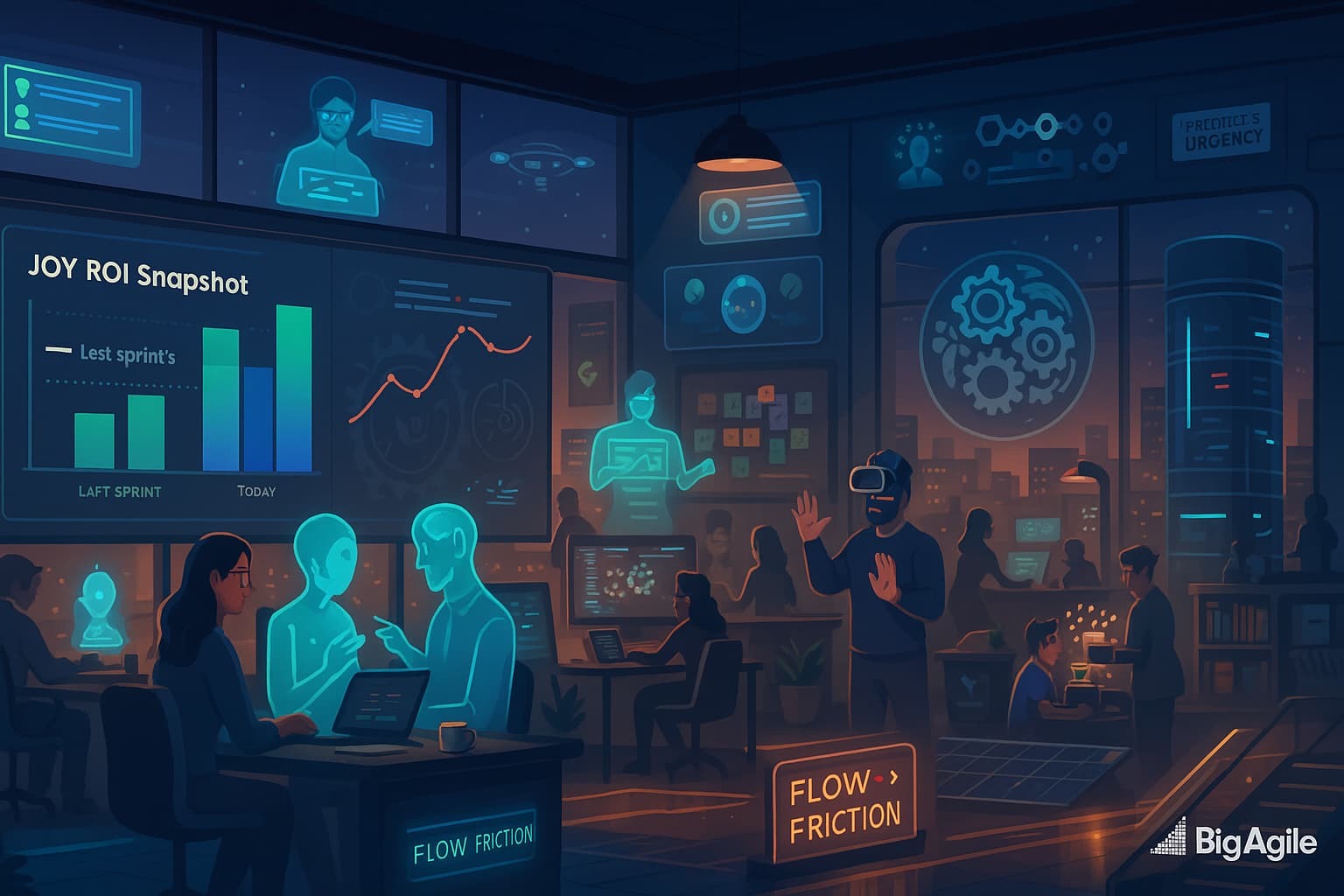
Did You Know?
Google has introduced a company-wide “AI Coding Guidance” that establishes clear boundaries and high expectations for how every software engineer should use generative AI tools. Over 30% of Google’s production code is already AI-generated, and leaders report a 10% increase in engineering speed since adopting AI pair-programming. The new playbook emphasizes thoroughness in code review, security, and long-term maintenance, while encouraging teams to explore AI applications beyond just coding tasks, such as testing, bug triage, and documentation.
So What?
- Product-development flywheel
Google’s guidance mirrors MIT’s “Superminds” concept: when humans and machines collaborate intentionally, collective intelligence and speed soars. - Competitive urgency
Cloud, advertising, and AI platform revenues now hinge on the capacity to ship secure features faster than OpenAI, Microsoft, or Anthropic. - Process ≠ culture
A 30 % AI-generated codebase demands cultural adaptation, not just tooling. ADKAR reminds us that awareness and desire precede knowledge. Neglect either and resistance (or sloppy code) will spike. - Strategy alignment
By automating routine coding, Google is pushing deeper into differentiation and cost-leadership simultaneously, classic Porter twin-strategy territory.
Now What?
| Action | Lean/Flow Lens | AI-Era Twist |
|---|---|---|
| Map your value-stream | Reinertsen’s small-batch flow reduces cycle-time drag. | Fine-tune LLMs to generate micro-artifacts on-demand. |
| Establish a dual-operating system | Kotter’s “guiding coalition” in action. | Seed the guild with ML engineers & domain SMEs. |
| Bake rigor into AI outputs | ADKAR Ability & Reinforcement. | Use self-review prompts (“explain the security implications of this patch”). |
| Upskill continuously | Builds Knowledge and Ability. | Introduce “Prompt-Dojo Fridays” akin to code katas. |
| Measure what matters | Lean flow metrics over vanity KPIs. | Dashboards comparing human-only vs. AI-assisted branches. |
Catalyst Leadership Questions
| Question | Probing Follow-up |
|---|---|
| What “north-star” outcome will AI-assisted engineering enable for our customers? | How will we measure value beyond sheer throughput? |
| Where is complacency hiding in our SDLC? | Which defects did we accept because “fixing is too slow”? |
| How do we ensure developers trust AI suggestions but remain accountable? | What reinforcement mechanisms (peer kudos, quality gates) back this up? |
| Which ethical or IP landmines could derail adoption? | Do we have a red-team process for AI-generated code? |
| Are we investing equally in people-centric and tech-centric change? | Where are the biggest knowledge gaps today? |
In short, Google’s new AI rulebook signals a tipping point: AI pair-programming has already moved from curiosity to core capability, and the companies that treat it as such will own the next efficiency curve. Their article converges to turn a 30% machine-written codebase into faster, safer customer value.
The path forward is clear, map one high-friction queue, run a low-risk AI experiment, and hard-wire the learning back into your operating model. Do that on repeat, and you’ll out-deliver competitors still debating policy while your bots and builders solve real problems. Velocity with integrity isn’t simply Google’s edge; it can be yours, starting with the very next sprint.